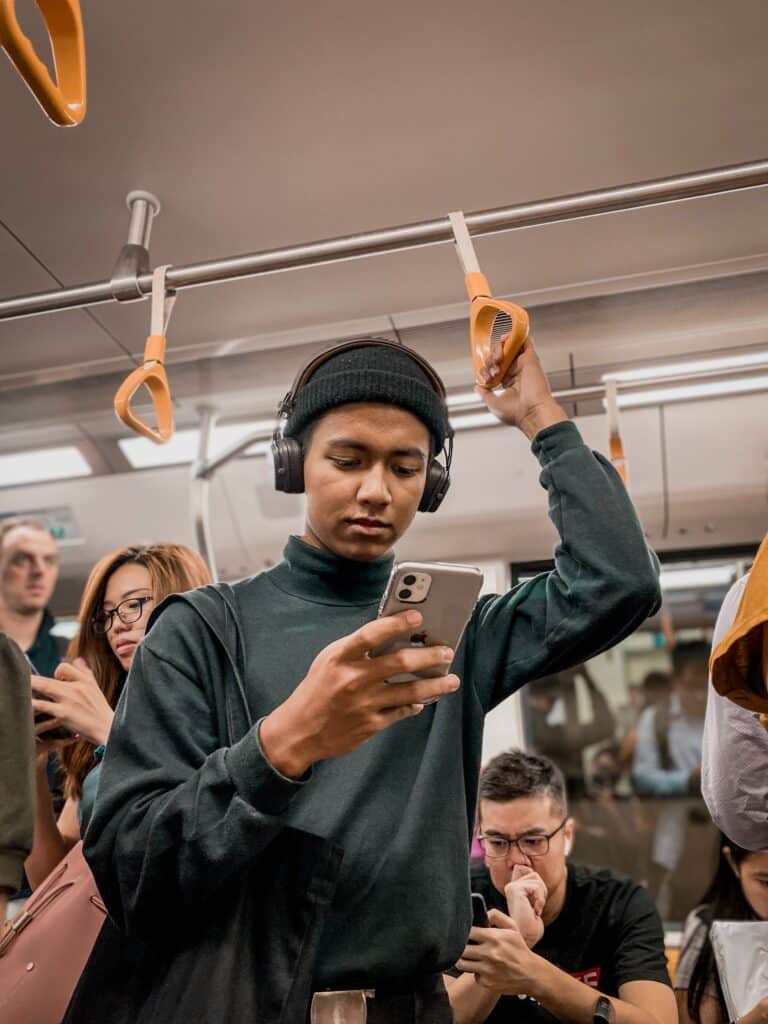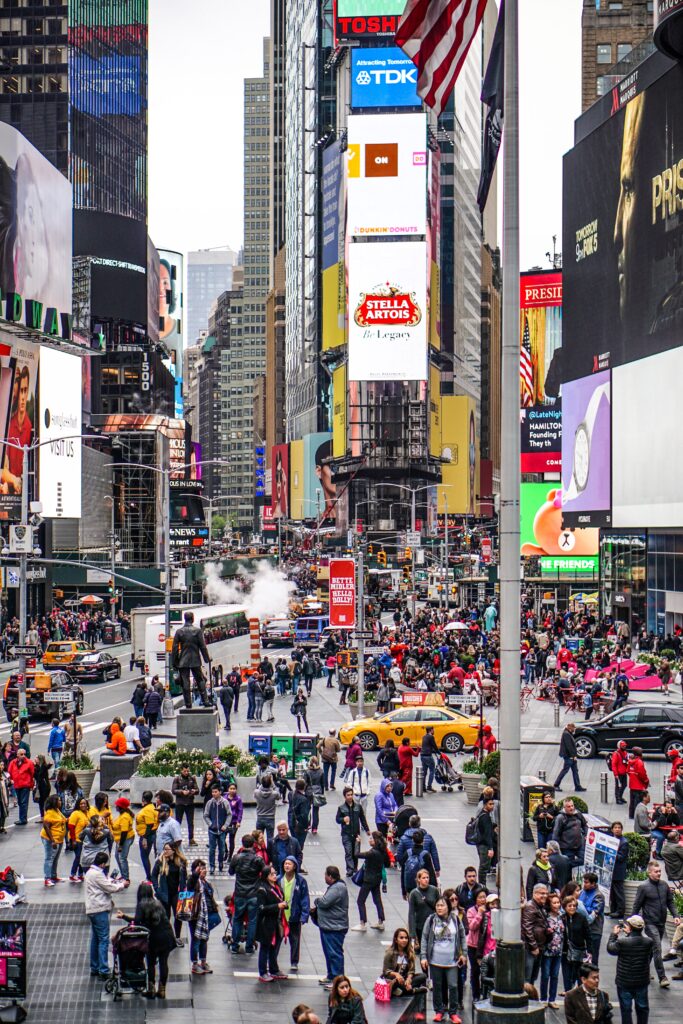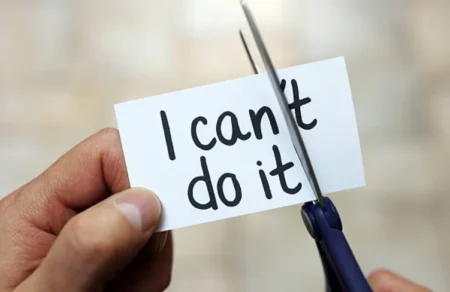Social media has had a profound impact on communication in real life. The constant availability and ease of access to social media platforms has changed the way we interact and connect with others in the real world. One of the biggest ways in which social media has affected communication in real life is by making it more instantaneous and less personal. Instead of meeting face-to-face or having a phone conversation, many people now rely on social media to quickly send a message or make a comment. This can lead to a lack of emotional connection and a lack of empathy in real-life interactions.
Another way in which social media has affected communication in real life is by making it more superficial. People often present a curated version of themselves online, leading to a focus on image rather than substance. This can make real-life interactions less authentic and meaningful. Additionally, social media has made it more difficult to disconnect from the constant stream of information and social pressure. People feel the need to constantly check their social media accounts, leading to less time spent in real-life interactions and less focus during those interactions.

Moreover, social media has also contributed to the decline of face-to-face communication, which is considered a crucial element of human interaction, it has led to the decline of the ability to read nonverbal cues, which is vital for building trust and understanding in relationships. In conclusion, while social media has made communication more accessible and convenient, it has also brought its own set of challenges. It is important for individuals to be aware of the potential negative effects of social media on communication in real life and to strive for balance by setting boundaries, and making an effort to engage in real-life interactions.






